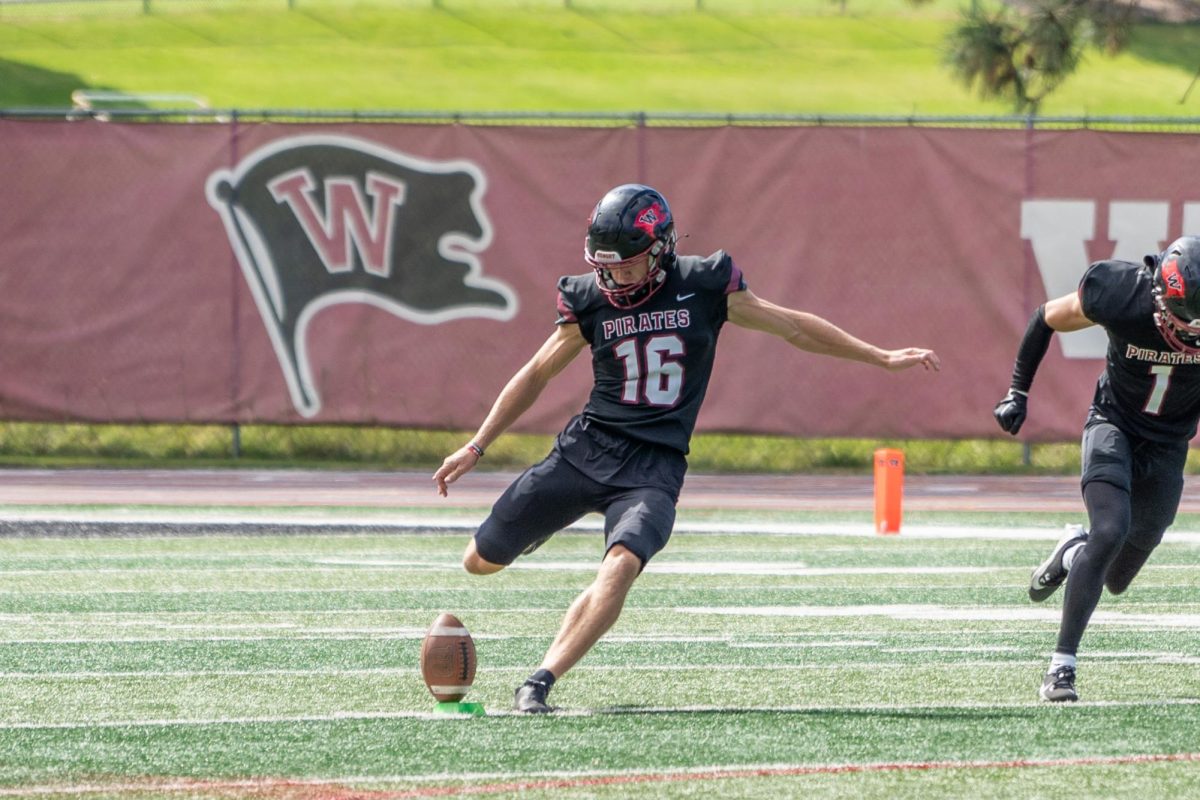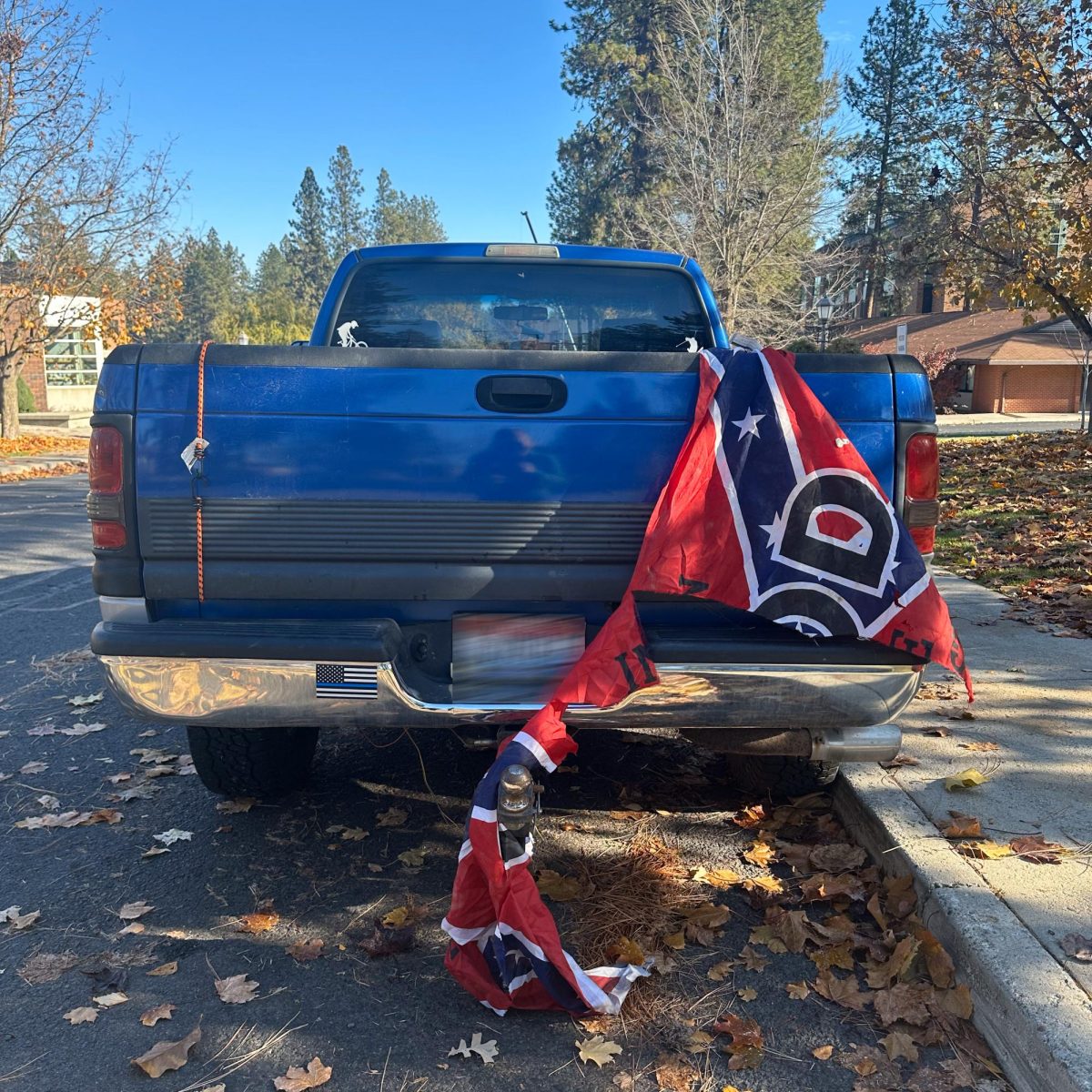Each year, the Editorial Board reviews the current school year to highlight areas where ASWU executives and the Assembly have succeeded and where they can improve going forward. We look at interviews with the executives and compare their performance to student expectations and to their own campaign promises during the elections last spring. Turn to page 6 for a news piece on this topic containing responses from the executive team.
President: Josh Boyden
Senior Josh Boyden faced a difficult task coming into this year as ASWU president– with relatively little ASWU experience, he was asked not only to lead Whitworth’s student government, but also to help introduce the campus to a new university president, represent students on the University Council (a board set up by President Beck Taylor which has spent much of this year crafting the new 10-year Strategic Plan), and facilitate major unforeseen campus issues (such as the visit from Westboro Baptist Church last semester).
This board feels that Boyden has handled many of these challenges well–Whitworth has embraced Beck Taylor, the WBC protest was handled smoothly and Boyden has dedicated many hours to projects benefiting students, such as the trial run of the Daily Digest e-mail system.
Boyden campaigned on two major platforms–addressing the issue of rising tuition and helping the student body through the transition of university leadership. As mentioned above, we believe Boyden did an admirable job with the latter; as for the former, Boyden admitted, and this board agrees, that the issue of tuition was handled poorly. While changing Whitworth’s tuition policy is likely outside the scope of the student government, Boyden should have followed up on his campaign promise by communicating the complexities of the problem to the student body.
Financial Vice President: Lindy Tep
While the position of FVP is significantly behind the scenes, senior Lindy Tep has handled well the task of managing ASWU’s large budget and in communicating the details of the budget to ASWU members.
Tep’s position does not allow much room for innovation or new ideas, but it is an office that must be handled competently and consistently – both qualities this board feels that Tep has brought to the job.
While Tep’s responsibilities do not technically encompass communicating with the greater student body, this board does feel that Tep could be involved with communicating financial information to students in a more proactive way. While we admit that many students would not take advantage of such information, it is critical for ASWU to maintain a high standard of accountability and transparency with its constituents in this area.
Executive Vice President: Shannon Eshoff
Like the FVP, senior Shannon Eshoff’s responsibilities as EVP keep her mostly behind the scenes, working with ASWU members to help them do their jobs better and to hold them accountable. Eshoff’s efforts in this area have been exemplary, maintaining working relationships with a wide variety of constituents.
We believe that Eshoff could take a more active role in managing ASWU meetings (discussed in more detail below), but overall, we feel that she has done a solid job as EVP and we encourage her to keep up the good work. She ought to be instrumental in helping the rest of the Assembly to continue with a strong momentum to the end of the year.
ASWU Assembly
To its credit, ASWU has accomplished much of note this school year. The WBC protest was handled smoothly, and communication between various administrative constituencies has been consistent and done well. Overall, with few exceptions, members of ASWU have been able to put aside personal feelings and bias in order to put the needs of the student body first. This is easier said than done, and the Assembly ought to be commended.
As a whole, however, the Assembly needs to find ways to conduct meetings in a more professional, orderly manner. As it currently stands, parliamentary protocol is enforced inconsistently, and the executive team (the president, FVP and EVP) appear to have little knowledge of the details of parliamentary protocol beyond basic rules. This has resulted in heated discussions getting out of hand, and some topics taking up far more time than their importance dictates.
This board believes that the solution to this problem starts with the executive team–the president in particular. Currently, the tone of ASWU meetings is very informal and haphazard. Boyden’s leadership style is casual and relational, which is a strength in many respects, but it has also lent itself to creating an atmosphere in ASWU meetings that makes it difficult to have consistency in discussions (knowing what the rules of discussion are, and if they will be enforced). We feel that Boyden should take on a stronger stance as the leader of the Assembly, setting a tone that encourages cooperation and order.
The Assembly needs to keep in mind that while this year’s budget is large, it likely won’t be from here on out, and that the money ultimately belongs to students. When setting policies that affect the process of spending money, the Assembly needs to keep in mind that accountability and transparency are the stated goals of ASWU and their responsibility as student leaders.
We encourage the Assembly to continue thinking of creative ways to spend the excess funds to benefit students in the years to come when money likely won’t be as readily available.
Finally, we would encourage all members of ASWU to finish the year strong. As midterms and eventually finals begin to loom, and the end of the school year gets closer, the temptation to neglect responsibilities is real and understandable, especially amongst the senior members. However, as new students begin to apply for next year’s student leadership positions, it is more important than ever that the Assembly set a good example for its successors, and finish the year strong.
Editorials in the “In the Loop” section reflect the majority opinion of the Editorial Board, which is made up of six editors.





